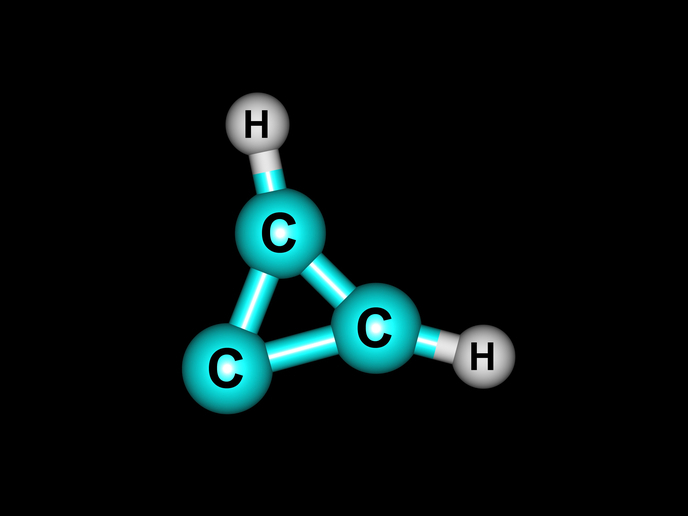Artificial iron catalyst cracks nature’s toughest, least reactive bonds
Organic chemistry distinguishes between reactive or functional molecular bonds and inert or non-functional carbon-carbon and carbon-hydrogen bonds. The inert bonds provide a strong scaffold for chemically synthesising molecules with the reactive groups. Carbon-hydrogen functionalisation upends this model. When activated by being close to a functional group, carbon-hydrogen bonds become reactive sites. The reaction involves breaking the bond between carbon and hydrogen and then exchanging the hydrogen with a heteroatom – carbon, oxygen or nitrogen.
Cheaper, more efficient synthetic catalysts
Selectively triggering a reaction at the desired carbon-hydrogen bond is challenging as organic molecules typically contain a wealth of such bonds. Catalysts can help achieve this selectivity, but most of them are often precious metals, such as rhodium, which are costly. Funded by the Marie Skłodowska-Curie Actions programme, the FeCHACT project found a way to replace use of expensive metals, driving down the production costs of complex organic molecules. Researchers successfully developed a catalyst made from iron that can efficiently sever carbon-hydrogen bonds. “Our key goal was to design an iron catalyst that can functionalise inert carbon-hydrogen bonds through a carbene transfer reaction, hopefully under mild conditions,” notes Miguel Costas, FeCHACT’s coordinator. Carbene transfer to inert carbon-hydrogen bonds has largely been dominated by precious metal catalysts. Recent studies have shown that iron-dependent enzymes demonstrate the same reactivity. “We therefore targeted the design of synthetic iron catalysts that could successfully produce the same chemical reactions,” adds Costas.
Cracking the underlying reaction mechanism
“We used novel synthetic methodologies that are more environmentally friendly compared to state-of-the-art methods. They also open up new chemical space, enabling the production of diverse libraries of organic molecules,” explains Costas. Researchers designed a catalyst that exhibits a low coordination number and creates a highly electrophilic iron centre. Combining this catalyst with a lithium cocatalyst helped improve catalytic activity and activated azo compounds(opens in new window) – a carbene precursor – creating a highly reactive species that enable carbene insertion(opens in new window) into inert carbon-hydrogen bonds. Unlike hitherto used rigid iron-based systems, this electrophilic ortho-phenylenediamine iron compound enables unprecedented intra and intermolecular carbene insertion into various inert aliphatic carbon-hydrogen bonds, via iron-carbene intermediates in mild conditions (25 °C). Remarkably, the combined iron-lithium system demonstrated comparable activity and selectivity to rhodium carboxylate catalysts. “Mechanistic studies into carbon-hydrogen activation revealed a concerted process that involves the insertion reaction of a carbene fragment into the targeted carbon-hydrogen bond, rather than a process activated by hydrogen atom transfer,” explains Costas. The insertion reaction resulted in the formation of two new carbon-carbon bonds and generated the desired carbocyclic compounds.
A truly promising potential
“Thorough understanding of the reaction mechanism could soon enable the design of stereoselective catalysts to produce enantiomerically enriched products – enantiomers are a type of stereoisomers containing structures that are not superimposable mirror images of each other. This technology holds great promise for the pharmaceutical industry, for example in drug synthesis,” notes Costas. Overall, FeCHACT activities set the stage for important advances in fine chemical synthesis, using more abundant and less costly materials than the widely used rhodium. Furthermore, it demonstrated the first iron-based catalyst that can efficiently break bonds that are considered highly unreactive.







